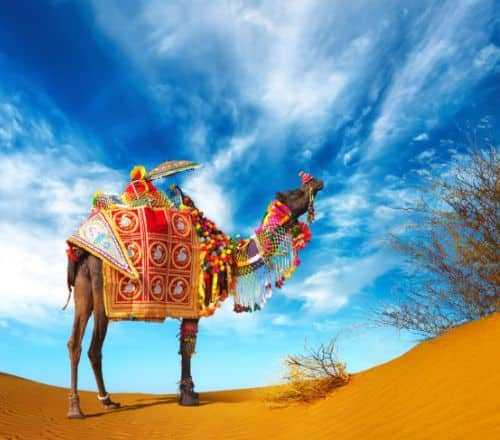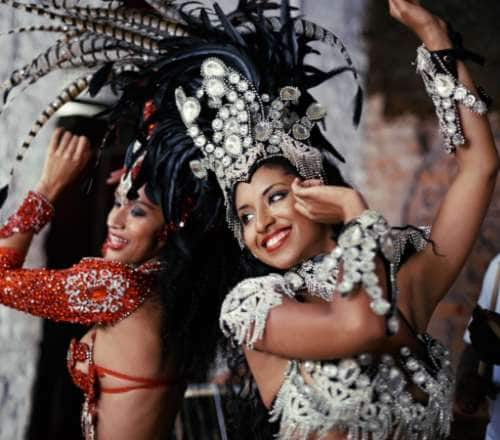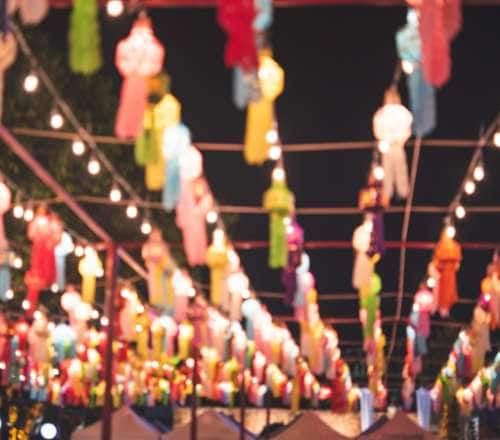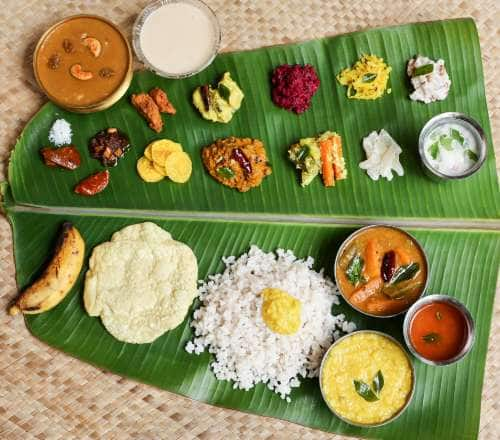Stay logged in to proceed with bookings, orders and offers.
On changing the terminal, you will loose items in your cart. Are you sure you want to change your terminal?
Don't know anything about the Jaipur Literature Festival? We've got you covered with all the essential information and facts!
As the sun dipped below the horizon, casting hues of orange and pink across the tranquil waters of the Arabian Sea, I found myself immersed in the enchanting world of the Cochin Carnival. Nestled in the heart of Kerala, this vibrant celebration was a kaleidoscope of colours, traditions, and exuberance. Join me on a nostalgic journey as I unravel the captivating story behind the Cochin Carnival, exploring its origins, cultural significance, and the myriad charms that made it a must-experience event for me.
To truly appreciate the grandeur of the Cochin Carnival, we need to delve into the historical roots of this charming festival. The story began in the colonial era when the Portuguese set foot on the shores of this coastal paradise in the late 15th century. Their influence left an indelible mark on the local culture, and it was during this time that the seeds of the carnival were sown.
The carnival itself was an import from Europe, a tradition that found its way into the hearts of the people of Cochin. What emerged was a unique celebration, seamlessly blending Portuguese and Indian elements into a cultural extravaganza that echoed the spirit of unity in diversity. The Cochin Carnival, held annually from December 20th to January 1st, stands as a testament to the harmonious coexistence of different cultural influences, creating an event that is truly one-of-a-kind.
The Cochin Carnival is not merely a spectacle of merriment; it holds profound cultural significance for the people of Kerala. It serves as a symbolic conclusion to the year, ushering in a sense of renewal, hope, and joy. The streets of Cochin come alive with palpable energy during this time as locals and tourists alike gather to bid farewell to the old year and welcome the new one with open arms.
Central to the cultural importance of the carnival is the grand procession, a spectacle that captures the essence of Kerala's rich heritage. Decorated elephants, traditional art forms, and a myriad of colourful floats create a moving tapestry of stories. I saw a similar story weave in front of my eyes during my travel to Cochin last year, as each element in the procession told a story – a story of Kerala's vibrant festivals, its diverse communities, and the unity that bound them together.
The grandeur of the parade was not just a visual feast but also a spiritual one, weaving together the threads of tradition and modernity. I vividly remember the moment where time seemed to stand still, and the soul of Kerala was laid bare for everyone to witness.
As I meandered through the bustling streets of Cochin during the first day of the carnival, I was entranced by the sheer variety of experiences that unfolded before me. My senses were indulged at every turn – from the rhythmic beats of traditional drums echoing through the air to the tantalizing aroma of local delicacies wafting from street vendors, every step was a journey into a sensory wonderland.
The highlight of the Cochin Carnival, without a doubt, was the spectacular fireworks display that lit up the night sky. As explosions of colour painted the heavens above, I couldn't help but feel a sense of awe and wonder. It seemed as if the entire city was celebrating life, embracing the joy that came with new beginnings.
The carnival offered a gastronomic adventure as well, with the streets lined with stalls offering an array of local delicacies for all three days I was in Cochin. From the spicy and flavourful seafood dishes to the sweet treats that tantalized the taste buds, the culinary delights of the Cochin Carnival were a testament to the rich food culture that defined Kerala.
Lastly, the cultural performances that unfolded during the carnival were a testament to the artistic heritage of the region. Traditional dances, music, and performances took centre stage, showcasing the talent and creativity of the local artists. It was a celebration where everyone was invited to participate, and the streets became a stage for the collective expression of joy and cultural pride.
As the Cochin Carnival ended, the memories lingered like the echoes of a joyous melody. The vibrant spirit of the carnival became a part of my own story, a chapter filled with the colours, sounds, and tastes of Kerala.
In the heart of this coastal haven, where history and tradition intertwined, the Cochin Carnival stood as a testament to the enduring spirit of unity, joy, and the beauty that arose when cultures converged.
As I bid adieu to this enchanting celebration, I carried with me the essence of the Cochin Carnival – a celebration that transcended time and invited all who witnessed it to become a part of something truly magical. The carnival was a bridge that connected the past with the present, a celebration of the rich cultural heritage that defined Kerala. It was a reminder that, in the tapestry of life, each thread contributed to the beauty of the whole. The Cochin Carnival was not just an event; it was a journey into the soul of a region, an exploration of its history, and an affirmation of the enduring spirit that bound its people together.





The Adani One expressly disclaims all liability, direct and indirect, in respect to actions taken or not taken based on any or all the contents of this Blog. The Blog is an opinion of the contributor based on the collation of data from various sources and is provided only for information purpose. Adani One does not canvass, advertise, solicit, invite or induct for any product, merchandise, information, brand or any other materials mentioned in the Blog, nor does it obtain any monetary benefit from the same. Reader is advised to read and apply his/her intellect and discretion in this regard. Any Intellectual Property mentioned in this blog belongs to the rightful owner. We do not intent to claim any interest over the same.